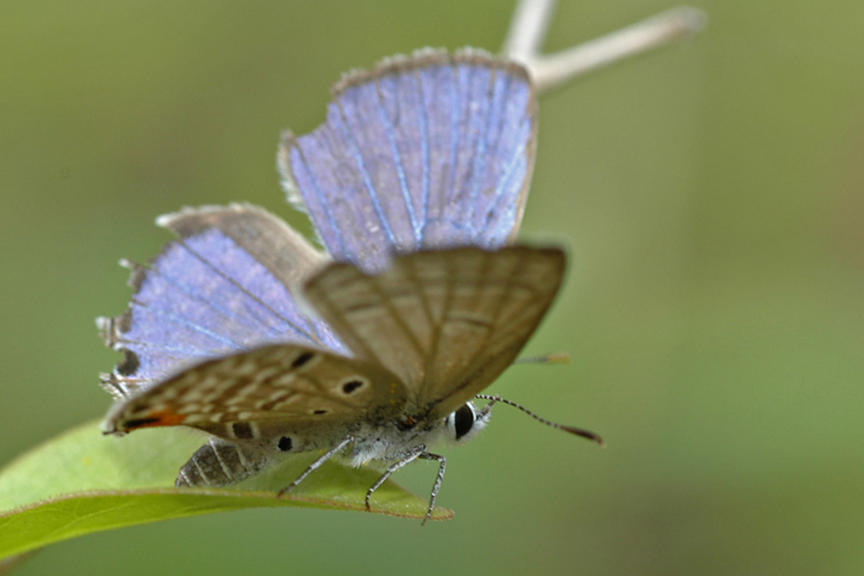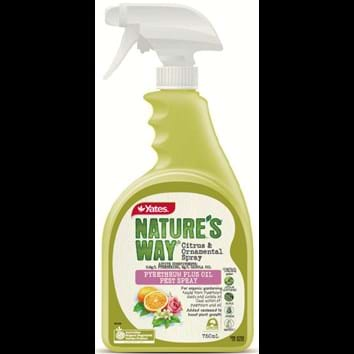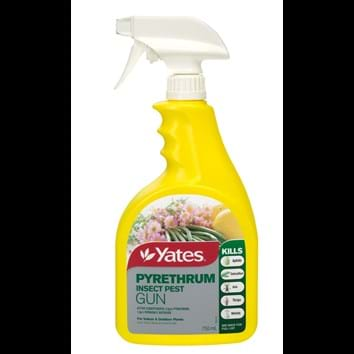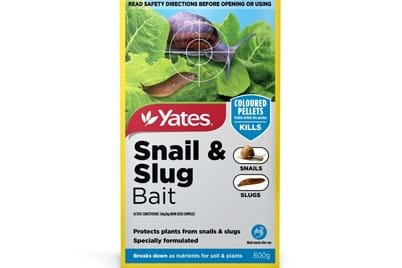Cycad Blue Butterfly Control in Your Garden
Lepidoptera: Lycaenidae
The Cycad Blue Butterfly (Theclinesthes onycha) is endemic to Australia and it is found on the east coast from Cape York to southern New South Wales. There are two subspecies: Theclinesthes onycha capricornia which occurs from Cape York down to Mackay in Queensland, and Theclinesthes onycha onchya which occurs from Blackdown Tableland National Park, Queensland, south to around Central Tilba, New South Wales.
Like many butterflies in the family Lycaenidae their larvae are often attended by ants. The ants provide protection for the larvae in exchange for the sweet fluid exuded by the butterfly larvae. The Cycad Blue is the only butterfly in Australia whose larvae feed on cycads or any other Gymnosperm (cone-producing plants including conifers, ginkgos and cycads).










